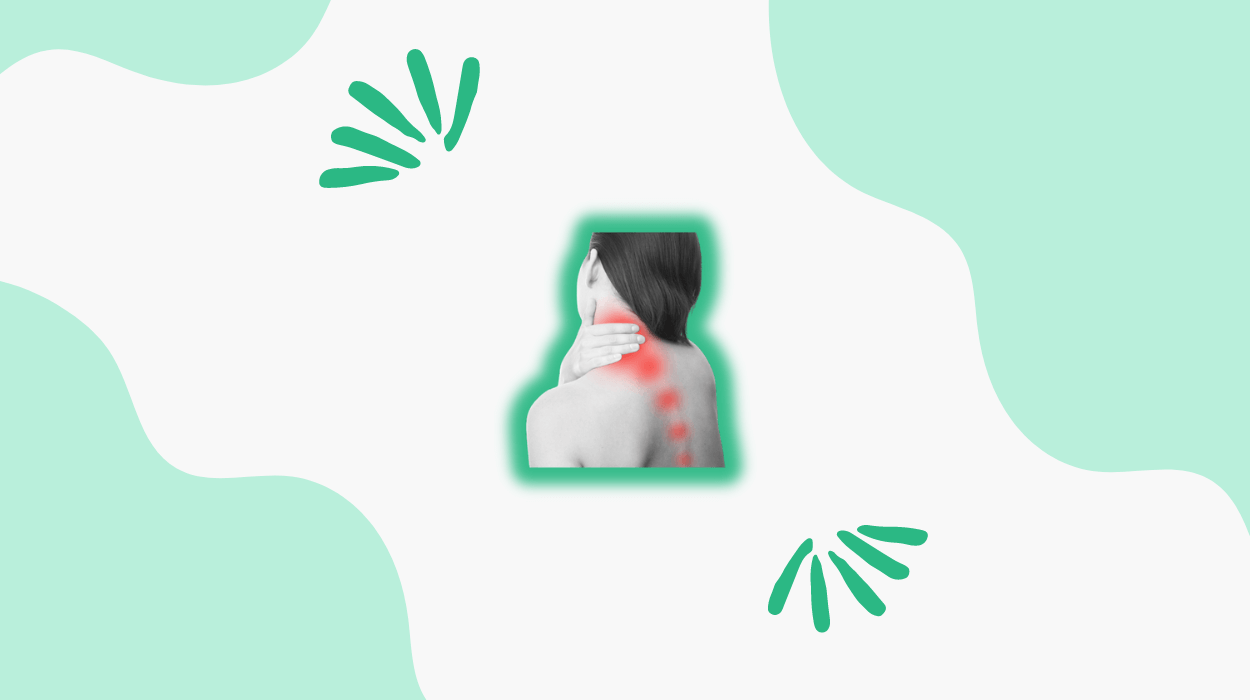

The Stellate ganglion are nerves found on both sides of the voice box. They are a cluster of sympathetic nerves near the collarbones that innervate the head, neck, arms, and upper chest.
Chronic pain from stellate ganglion can be exhausting, hindering your quality of life.
Stellate Ganglion Block, or SGB, is an FDA-approved treatment for pain. It is injected into a cluster of nerves at the anterior neck’s base.
Learning about SGB and its procedure may help you understand its functioning in addressing pain conditions affecting these areas. Can SGB be effective for lowering cluster headaches, phantom limb, and neck pain?
The stellate ganglion is a sympathetic nerve collection situated near the front of the neck and adjoining the first ribs beneath the collarbones. It could transmit nerve signals to various regions, including the head, neck, arms, and upper chest.
This bundle of nerves on each side of the neck resembles an oval or a star shape. They are crucial components of the autonomic nervous system.
The sympathetic nervous system may help control heart rate, blood pressure regulation, sweating, and other involuntary bodily processes.
The stellate ganglion is a primary source of sympathetic nerve signals to critical areas of the body, influencing responses that occur without conscious effort. These signals could impact blood vessel dilation/constriction, sweat gland activation, and even the fight-or-flight response.

Stellate ganglion block (SGB) is the medicine injected into the stellate ganglion. It could alleviate head, neck, upper arm, and upper chest pain. It may help in enhancing circulation and blood flow to the arm. The SGB technique is utilized for diagnosing:
Stellate ganglion blocks diagnose sympathetically mediated pain and treat conditions such as circulation problems, pain symptoms, nerve injuries, and specific disorders.
Approximately 80% of people globally possess a stellate ganglion due to the fusion of the inferior cervical ganglion and first thoracic ganglion.
Reasons for Variability in Stellate Ganglion Presence:
Stellate Ganglion Block (SGB) is a targeted medical procedure that addresses various mental health conditions, especially PTSD symptoms.
SGB may reduce symptoms such as anxiety, depression, and hyperarousal by targeting the fear center of the brain and modulating sympathetic nervous system activity. This approach could benefit people who have not responded well to conventional treatments.
However, research into the use of SGB for mental health conditions beyond PTSD is ongoing. There is some scarce evidence that suggests its utility in addressing a spectrum of psychiatric disorders.
SGB could target the fear center of the brain to alleviate PTSD symptoms like anxiety and flashbacks by blocking sympathetic nerve impulses, which in turn might reduce sympathetic nervous system activity.
Studies have shown that SGB could help relieve pain in areas commonly affected by PTSD, such as the head, neck, upper arm, and upper chest.
A Department of Defense study reported a success rate of approximately 70% in reducing PTSD symptoms through SGB. Clinical trials have demonstrated a decrease in PTSD symptoms in people who underwent SGB compared to those who received a placebo injection.
Behavioral health clinicians have approved SGB as a potential treatment option for PTSD.
Further research is ongoing to understand its full benefits.
However, SGB could be utilized as an adjunct therapy for chronic PTSD cases not responsive to conventional treatments.
The effectiveness of stellate ganglion blocks in managing pain varies among people and may require multiple injections for sustained relief.
Experiencing slight bruising or soreness around the SGB injection site is expected during a stellate ganglion block procedure. However, these side effects are typically mild and temporary.
There are other potential effects that people should be aware of:
Ocular Effects:
Respiratory Effects:
Neurological Effects:
These side effects usually disperse within 4-6 hours post-procedure. However, informing your doctor of any persistent or severe side effects is essential.
In some rare cases, using SGB injections might cause severe complications such as infection, bleeding, or nerve damage.
Stellate ganglion block could help treat various pains and circulation conditions to help you regain control of your life. However, the results of this procedure could vary.
Stellate ganglion block could be a suitable treatment option as it could target inflamed areas while minimizing its effects on other body parts.
Stellate ganglion block may help improve circulation and provide pain relief. It is essential to remain aware of its potential adverse effects. Connect with the doctor to resolve your queries about the SGB procedure.
SGB may help you reset the emotional patterns related to anxiety and PTSD. However, you must follow a healthy lifestyle after your SGB session to experience calmness and pain relief in the long run. You should follow up with high-quality follow-up care after getting an SGB treatment to avoid falling back into a state of overdrive.
Tyler Read earned an undergraduate academic degree from Sonoma State University, California and is a certified personal trainer (CPT) with NASM (National Academy of Sports Medicine). With over 16 years of experience, Tyler has trained clients both online and in-person.
He is passionate about helping others turn their love for fitness into a career. Tyler has worked with many local and commercial gyms before establishing his successful private personal training business, which he continues to operate.
